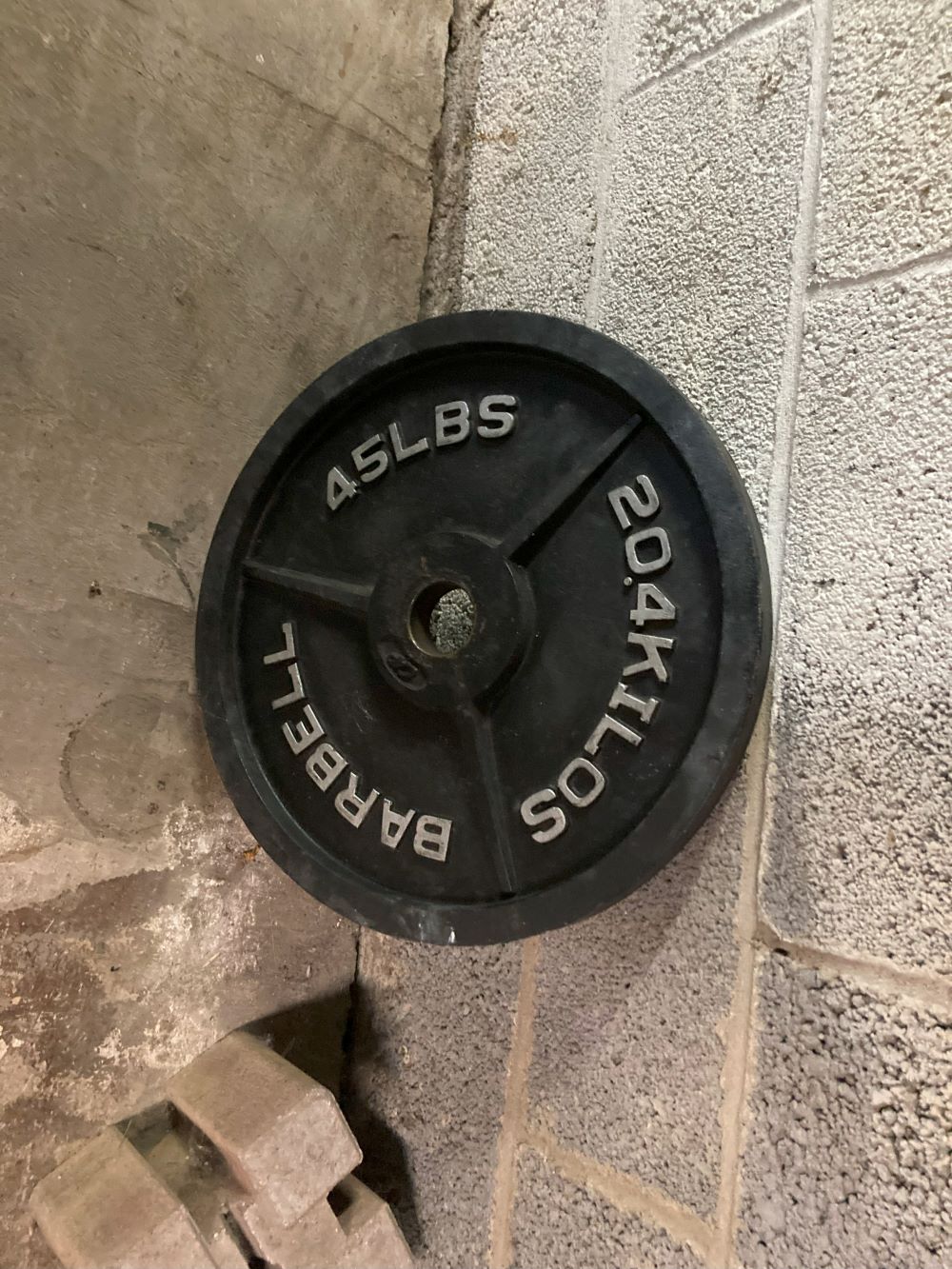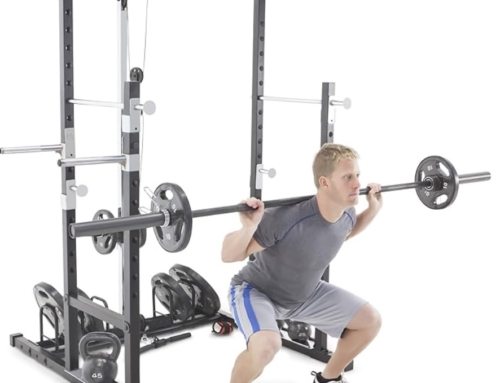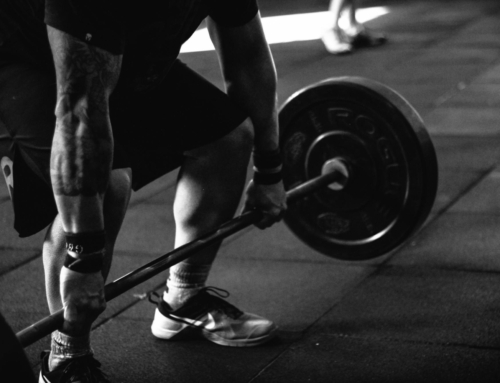 If you are new to strength training, you will want to start at a conservative weight for each of your primary strength training lifts (squat, deadlift, bench press and overhead press).
If you are new to strength training, you will want to start at a conservative weight for each of your primary strength training lifts (squat, deadlift, bench press and overhead press).
However, you don’t want to start too conservatively, or it will take you a while until you actually feel like you are being tested and making progress.
Conversely, if we start too heavy, our progress will stall too quickly.
The reason why we want to get this right is that we want to take full advantage of the novice linear progression (NLP) to get as strong as possible in the shortest amount of time possible.
How to determine the starting weights for your lifts
If you were to go to a strength coach to get training on the four main lifts indicated above, you will go through a process like this…
- Learn the movement pattern with no weight at all (usually done for the squat) or with zero to very light weight on the bar.
- With a focus on form, gradually add weight while performing sets of five
- Once you reach a weight where the set of five actually requires some effort to complete, you have reached your starting weight for the next workout.
If you have a coach with you, they will keep you focused on your technique, and they will recognize when the technique is starting to break down due to a weight increase.
The primary indication is that the movement of the bar slows down for the last rep or two.
For example, if you are working on the squat, you should start out by learning how to get in the proper position at the bottom of the squat.
This is done without the bar.
Once you learn that position, you learn how to get under the bar, and you start with no weight on the bar.
If you are able to perform the movement well, you begin to add weight.
An average male trainee around 50 years old can likely start out by adding a 25 pounds on each side of the bar to bring the weight up to 95 pounds for a set of five reps.
If that was easy enough, add a ten pound plate on each side, and continue to add weight in 10 to 20 pound increments until the bar slows down a bit for the last rep in a set of five.
Let’s say that weight is about 155 pounds.
For your first actual workout, where you will perform three sets of five reps, I would suggest a starting weight of 145 pounds.
The weight will be light enough for you to continue to focus on form for all three sets. Then, you can add five pounds for the ensuing workouts.
You will then continue that process for as long as possible.
Programming changes
After 2 or 3 months, it will be far more difficult to continue adding weight to the bar for the overhead press for each workout, and still be able to complete three sets of five reps.
The first change is to increase the weight on the bar at smaller increments before you start to fail a rep.
You will know that it is time to do this when that third set becomes a bit more difficult.
You can purchase plates that fit an Olympic bar that weigh as little as 1/4 pound.
The first time you fail that fifth rep on set three, just wait a minute, then get back in there and push out that last rep.
You will still want to add weight for the next workout, so just add a pound or two.
You may then fail to get that 5th rep in sets 2 and 3, or perhaps even starting in set 1.
The goal for that workout then is to shoot for 15 reps over the course of 4 or 5 sets.
Then, for the next workout, you will simply target 3 reps for five sets, and see how that goes.
You can then do this for the bench press as well, which may start to fail over the month or two after the overhead press failure.
The programming changes for the squat and deadlift get a little more complicated, so I’ll save that for a future post.
In my Barbells and Kung Fu program, I cover programming that will take you all the way through the NLP, so check it out!
Discover more from Scott Allan Cole
Subscribe to get the latest posts sent to your email.







Leave A Comment